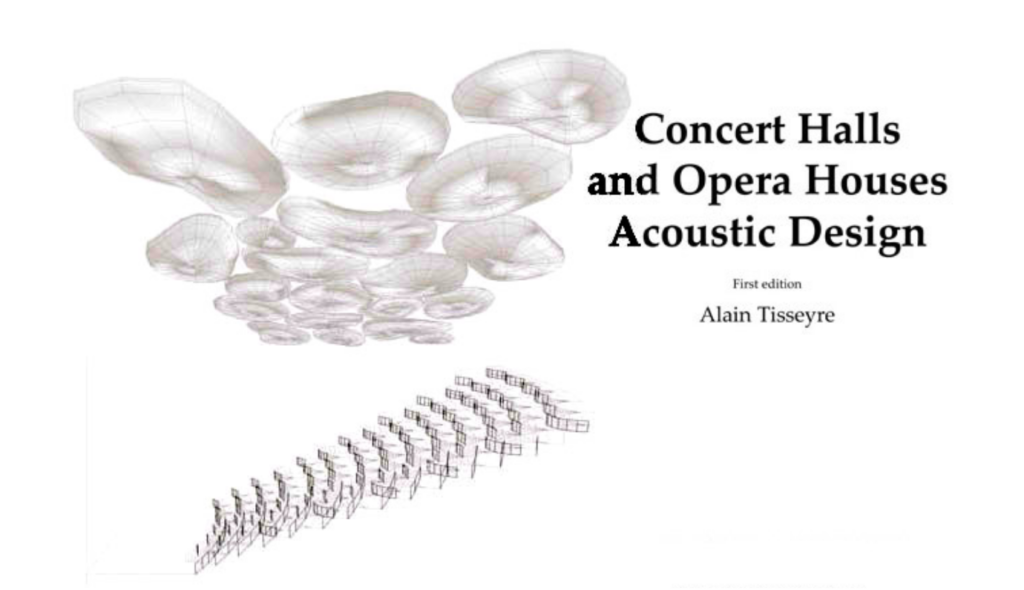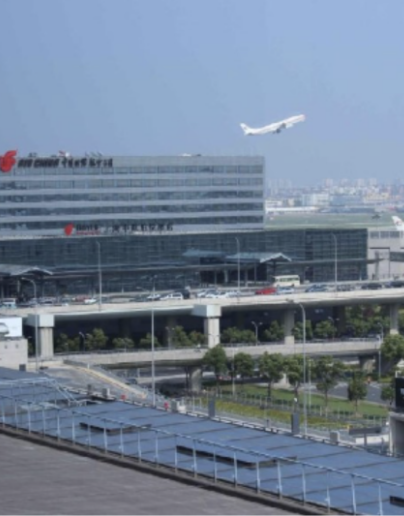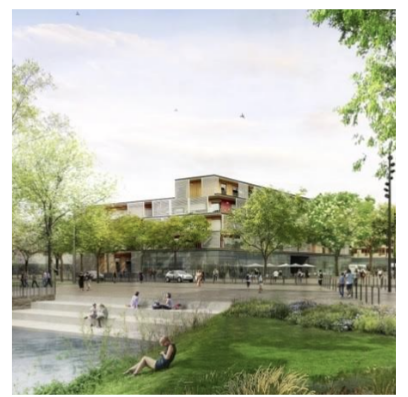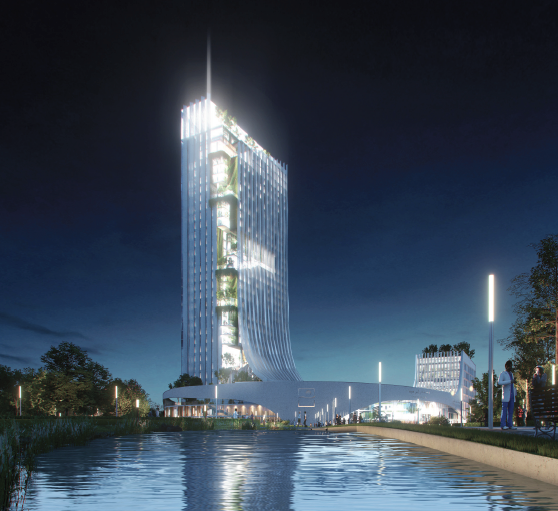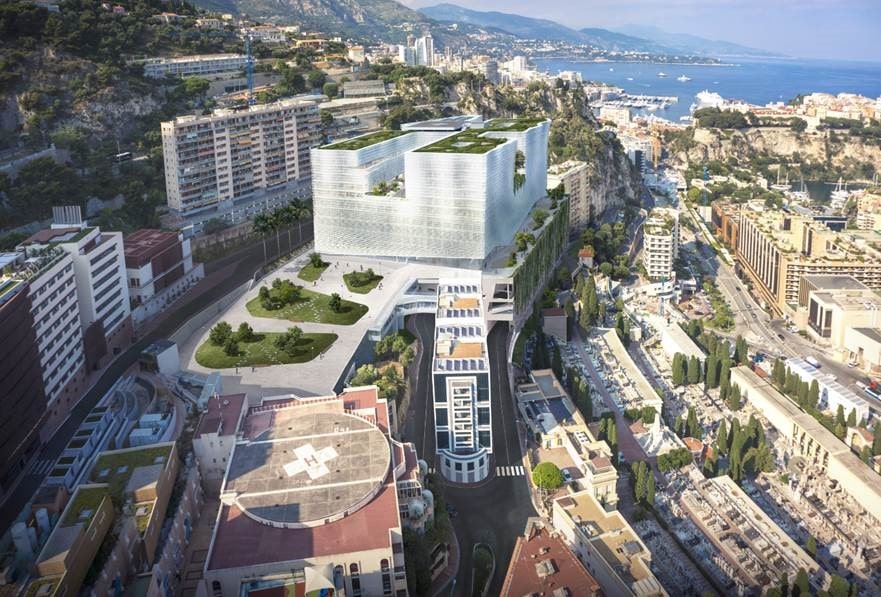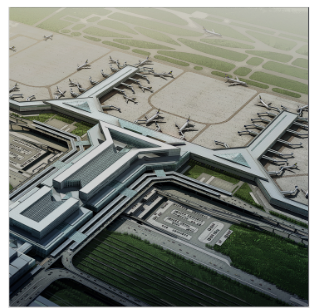Should we always seek silence in our urban planning to guarantee living together?
Faced with the major climate challenge, cities are carrying out a necessary overhaul of their urban planning. We are witnessing a redefinition of modes of transport, the thermal performance of buildings and the allocation of areas of human activity. At the same time, we are moving towards greening our town planning. These changes in the urban paradigm are accompanied de facto by a reduction in the noise levels observed in our cities. But is this active search for silence really synonymous with better living together?
The search for silence is directly linked to the context of post-war urbanization
Today, acoustics in town planning is mainly concerned with reducing the levels of noise observed. Indeed, the nuisance is characterized when a noise level exceeds a certain threshold. On the basis of measurements, the acoustician then designs protections against these nuisances. This definition of nuisance is directly inherited from the context of urban development initiated from the second half of the 20th century. Our urban planning was then greatly shaped by the advent of individual transport causing levels of pollution, both atmospheric and sound, which are significant and dangerous for health. From the 1970s, faced with the urgency of numerous warning signals, various plans defined maximum nuisance thresholds in order to provide solutions for reducing them. Today, while the points of tension have almost all disappeared and the context is evolving strongly towards a greening of our town planning, this single criterion remains. However, is it still as relevant for moving towards nuisance-free town planning?
What is a nuisance?
To answer this question, it is necessary to return to the very definition of noise pollution. Admittedly, a nuisance is characterized when it exceeds a certain absolute threshold, but it can also be characterized when it emerges in relation to a given soundscape. The definition of a noise nuisance is therefore not only absolute, but also relative. In addition, a sound event is perceived as harmful from the moment it modifies our behavior. Too loud a sound level can prevent us from talking or sleeping, and in a quiet environment any significant sound signal disturbs us. Let's take as an example a normal conversation between two people in which you do not participate. If you're sitting outside a café, you probably won't pay any attention to this conversation because it blends into the soundscape you're in. However, this same conversational noise level will most likely be unpleasant to you if she is standing in front of your window in the evening when you want to sleep. Indeed, due to the silence in which you will be immersed, you will be able to very clearly identify the source of this noise.
This phenomenon is explained by the fact that hearing as well as sight operate on the basis of a frequency analyzer. Permanently and reflexively, sight and hearing perceive colors, whether visual or sound. Now it is this reflex identification that produces the nuisance. In our first case, the noise emitted by the conversation being covered by the noise of the city, our brain therefore failed to identify it, while in our second case, the silence favored the identification of the source. leading to nuisance. The noise of the city being produced by a mix of sources between noise from transport and noise from human activities, it has no significant connotation for our brain and therefore does not lead to the phenomenon of identification mentioned above.
The criterion of silence is insufficient to build the city of tomorrow
With the arrival of soft mobility and the greening of our cities, a first pitfall would be to think that the reduction of noise linked to transport will necessarily lead to improving the comfort of the occupants of the city. However, the noise of the transport routes, when it is controlled, participates in the emergence of a noise of the city. However, this insignificant rumor above all makes it possible to mask certain identifiable noises such as neighborhood noises and the noises of the nearest human activities (bars, cafes, restaurants, shops, cinemas, etc.). It would therefore be a question, rather than seeking silence, of finding points of balance between the noises of transport and those linked to human activities, which often vary during the day, in order to guarantee better living together.
Nevertheless, the search for a balanced soundscape in the future state of completion is complex. Indeed, it is necessary to be able to predict the levels of noise emitted by the various sources: an essential condition for an efficient search for balance and thus to plan the dimensioning of protection against nuisances according to needs. However, human activities are often complex to predict because their noise emission levels vary according to the times and their nature.
Our solution for a balanced soundscape vector of better living together
Aware of the turn taken by the sector in favor of work in BIM, Planète Acoustique has developed the environmental acoustic BIM – BIMAE. Based on 4D modelling, this method makes it possible to simulate the soundscapes hour by hour of a landscape in the future state of completion. Thanks to this innovative method, we guarantee a joint study of the internal and external functions of the projects and the 3D visualization of the sound propagation at the foot, on the facade and around a building. In addition, the modeling of the building via a mesh system is adaptable to the scale of the projects. The BIMAE models with great precision from neighborhoods to facade details (mouldings, loggias, balconies, etc.).
This Environmental acoustic BIM is the basis for any study allowing control of the acoustic balance between noise from human activities and nuisances linked to transport by proposing targeted and integrated solutions according to the uses of future projects.
